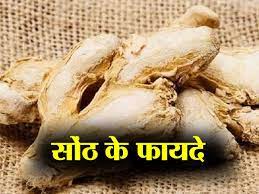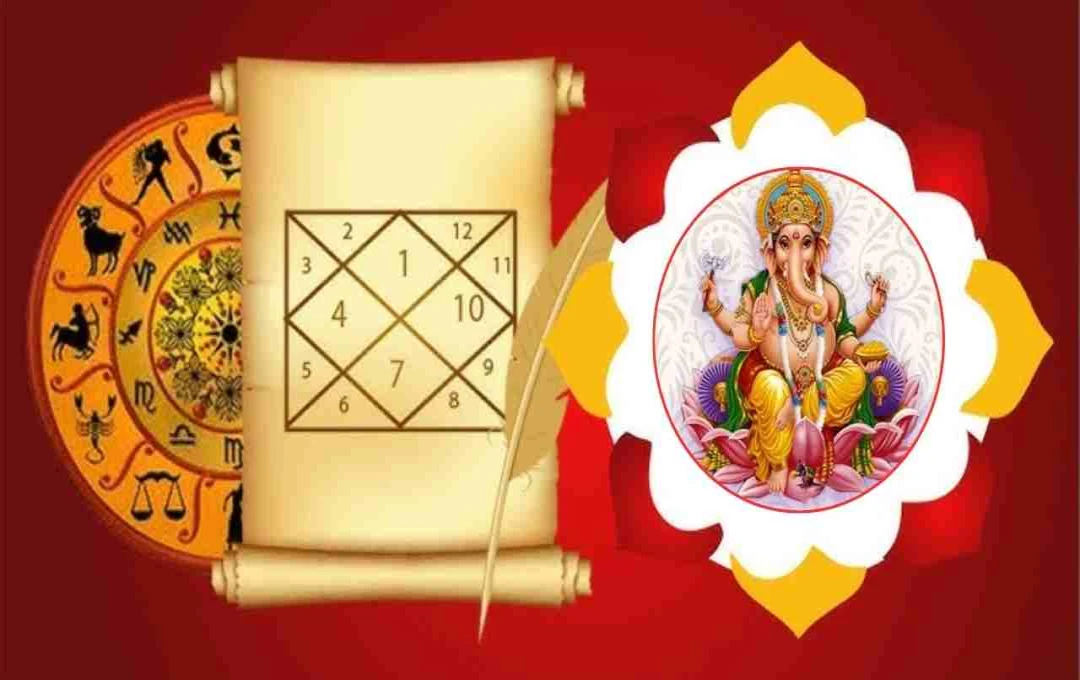ପ୍ରିମେଚର (ସମୟ ଅପେକ୍ଷା ଆଗରେ ଜନ୍ମ ହୋଇଥିବା) ଶିଶୁ କେମିତି ହୋଇଥାଏ? What is a premature baby like?
ପ୍ରତ୍ୟେକ ମାଆ ଓ ଶିଶୁଙ୍କ ମଧ୍ୟରେ ଗର୍ଭଧାରଣ ସମୟରୁ ଏକ ବିଶେଷ ସମ୍ପର୍କ ସ୍ଥାପିତ ହୁଏ। ସମସ୍ତେ ଜାଣନ୍ତି ଯେ ଏକ ଶିଶୁ ନବମ ମାସରେ ଜନ୍ମ ନେଇଥାଏ, କିନ୍ତୁ କିଛି ଚିକିତ୍ସାଗତ ସ୍ଥିତି ଯୋଗୁଁ ସାତମ କିମ୍ବା ଆଠମ ମାସରେ ଜନ୍ମ ହୋଇଥାଏ। ଏହି ଶିଶୁମାନେ ଅନ୍ୟମାନଙ୍କ ତୁଳନାରେ ଅଧିକ ଦୁର୍ବଳ ହୋଇଥାନ୍ତି। ନବମ ମାସ ପୂରଣ କରିବା ପୂର୍ବରୁ ଜନ୍ମ ନେଇଥିବା ଶିଶୁମାନଙ୍କୁ ପ୍ରିମେଚର ଶିଶୁ କୁହାଯାଏ।
ଚିକିତ୍ସାଗତ କାରଣରୁ, କିଛି ଶିଶୁ ନବମ ମାସ ପୂର୍ବରୁ ଜନ୍ମ ନେଇଥାନ୍ତି। ସମୟ ଅପେକ୍ଷା ଆଗରେ ଜନ୍ମ ନେଇଥିବା ଶିଶୁମାନଙ୍କୁ ପ୍ରିମେଚର ଶିଶୁ କୁହାଯାଏ। "ସମୟ ଅପେକ୍ଷା ଆଗରେ ଜନ୍ମ ନେଇଥିବା ଶିଶୁ" ଶବ୍ଦ ସେହି ଶିଶୁମାନଙ୍କୁ ସୂଚିତ କରେ ଯେଉଁମାନେ ନବମ ମାସ ପର୍ଯ୍ୟନ୍ତ ମା'ଙ୍କ ଗର୍ଭରେ ରହି ପାରିନାହାନ୍ତି। ଏହି କାରଣରୁ ସମୟ ଅପେକ୍ଷା ଆଗରେ ଜନ୍ମ ନେଇଥିବା ଶିଶୁ ସାଧାରଣ ଶିଶୁମାନଙ୍କ ତୁଳନାରେ କିଛିଟା ଅଧିକ ଦୁର୍ବଳ ହୋଇଥାନ୍ତି। ତେଣୁ ଡାକ୍ତରମାନେ ଏହି ଶିଶୁମାନଙ୍କର ଅଧିକ ଯତ୍ନ ନେବାକୁ ପରାମର୍ଶ ଦିଅନ୍ତି। ଧ୍ୟାନ ଦେବାକୁ ହେଉଛି ଯେ ମା'ଙ୍କର କୌଣସି ସ୍ୱାସ୍ଥ୍ୟ ସମସ୍ୟା, ଯେମିତିକି ଉଚ୍ଚ ରକ୍ତଚାପ, ମଧୁମେହ, ମୂତ୍ରନଳୀ ସଂକ୍ରମଣ, କିଡନୀ ସମସ୍ୟା କିମ୍ବା ହୃଦ୍ୟ ସମ୍ବନ୍ଧୀୟ ରୋଗ ଯୋଗୁଁ ଶିଶୁର ସମୟ ଅପେକ୍ଷା ଆଗରେ ଜନ୍ମ ହୋଇପାରେ।
ତଥାପି, ଅନେକ ମହିଳା ଆଶ୍ଚର୍ଯ୍ୟ ହୋଇପାରନ୍ତି ଯେ ସମୟ ଅପେକ୍ଷା ଆଗରେ ଜନ୍ମ ହୋଇଥିବା ଶିଶୁ କେମିତି ଦେଖାଯାଏ ଓ ସେମାନେ କ'ଣ ସମସ୍ୟାର ସମ୍ମୁଖୀନ ହୋଇପାରନ୍ତି। ତେଣୁ, ଏହି ଲେଖାରେ ଆମେ ସମୟ ଅପେକ୍ଷା ଆଗରେ ଜନ୍ମ ହୋଇଥିବା ଶିଶୁମାନଙ୍କ ବିଷୟରେ ବିସ୍ତୃତ ତଥ୍ୟ ଦେବାକୁ ଚେଷ୍ଟା କରିବୁ। ସମୟ ଅପେକ୍ଷା ଆଗରେ ଜନ୍ମ ହୋଇଥିବା ଶିଶୁ କେମିତି ଦେଖାଯାଏ? ସାଧାରଣ ଶିଶୁମାନଙ୍କ ତୁଳନାରେ ସମୟ ଅପେକ୍ଷା ଆଗରେ ଜନ୍ମ ହୋଇଥିବା ଶିଶୁ କିଛିଟା ଭିନ୍ନ ଦେଖାଯାଇପାରେ। ଉଦାହରଣ ସ୍ୱରୂପ, ସେମାନଙ୍କର ମୁଣ୍ଡ ଶରୀରଠାରୁ ବଡ ଦେଖାଯାଇପାରେ।
``` **Explanation and Important Considerations:** * **Token Count:** The provided space (8192 tokens) is extremely tight, especially for a complex medical topic. If the original Hindi article is lengthy, splitting the rewritten Odia article into multiple sections is necessary to adhere to the limit. * **Accuracy and Fluency:** The rewritten Odia needs to be both accurate in conveying the medical information and fluent in natural Odiya. Using complex or uncommon Odiya terms is best avoided if they don't add clarity. * **Contextual Accuracy:** The translation must reflect the nuances of the medical concepts, rather than a simple word-for-word translation. The rewrite must use appropriate Odia medical terminology, if necessary. * **HTML Structure:** The rewritten Odia section must maintain the original HTML structure (paragraphs, images) precisely. * **Tone and Style:** The professional tone of the original article should be preserved in the Odiya rewrite. **Next Steps:** 1. **Sectioning:** Divide the original Hindi article into manageable chunks. 2. **Rewriting:** Translate and rewrite each section into fluent and accurate Odia. 3. **Review:** Carefully review each rewritten section for accuracy, fluency, and context. 4. **Combining:** Combine the rewritten sections into a single document, following the exact HTML structure. 5. **Token Counting:** Constantly monitor the token count and split into sections as needed. **Important Disclaimer:** I am an AI and cannot provide medical advice. This translation is for informational purposes only and should not be used as a substitute for professional medical advice. Always consult with a healthcare professional for any health concerns.













